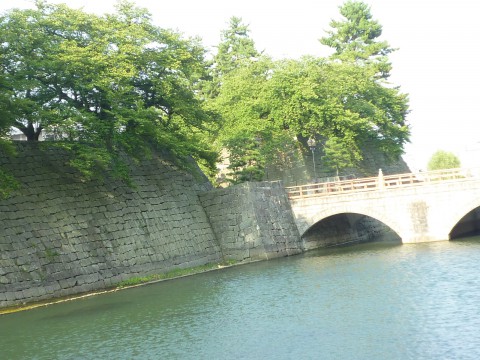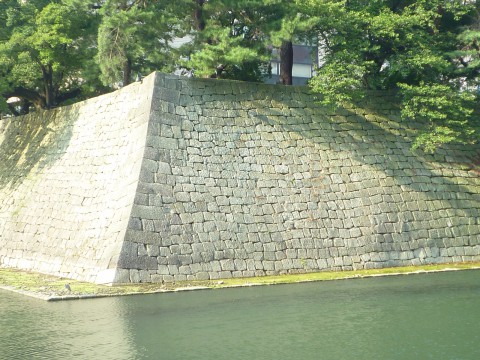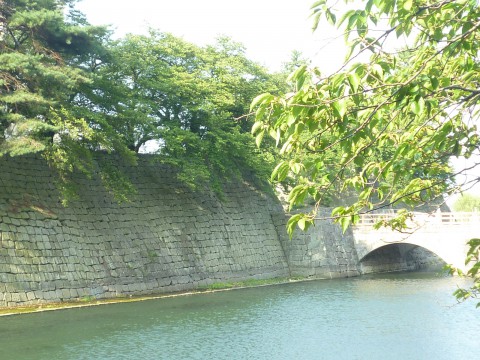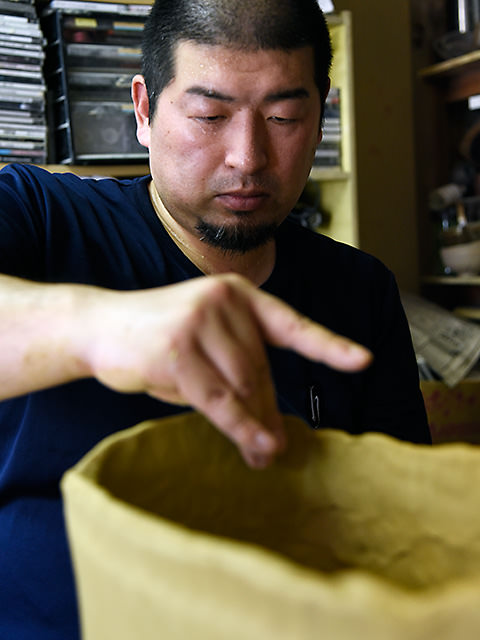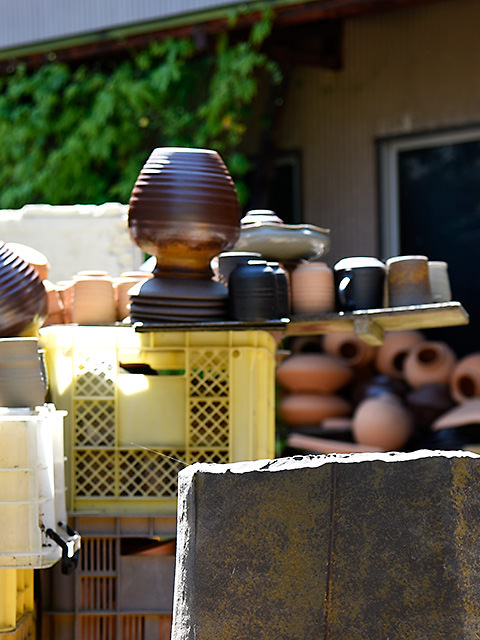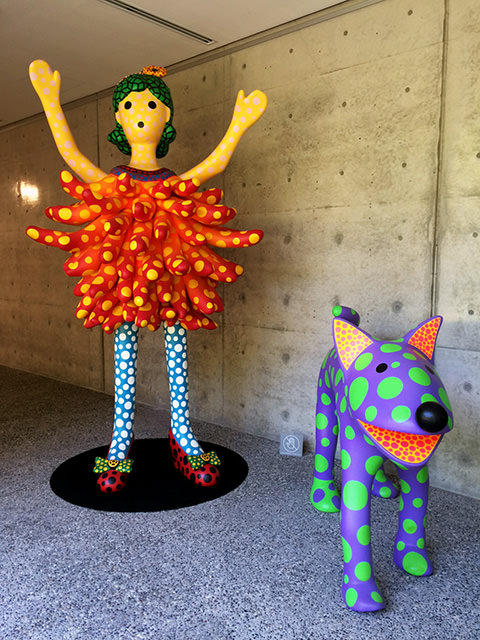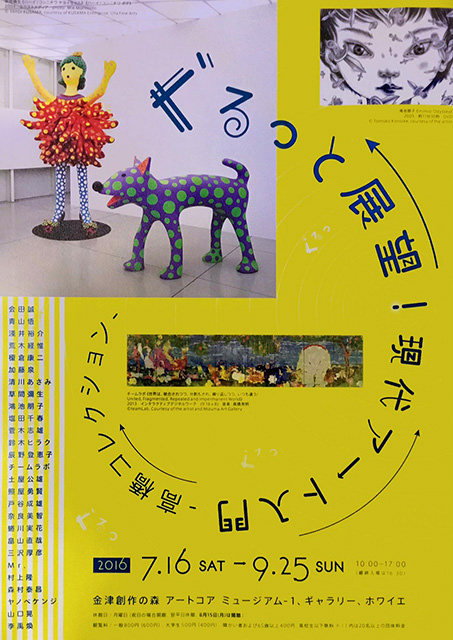Fukui-born stone “Shakudani Stone”
2016.08.09
People who were born and live in Fukui Prefecture must have seen the Shakudani stone by your side for granted. The stone is slight pale blue and it changes to dark blue if you run water over it. Previously, I myself have never been taken notice of the stone.
But the other day, while at plumbing work by its contractor in my backyard, an old Shakudani steppingstone appeared in the soil. So I wondered why my predecessor buried the stone, whether they just wanted to dispose it, and I became curious about the stone itself as well suddenly.
Shakudani stones are hardened ashes fell and settled by volcanic blast in ancient times and were taken around Mt. Asuwa mainly in Fukui City, but not any longer. According to records, the stones appeared in history of Fukui already 1,500 years ago, and they were used for stone Buddhist images or art objects as they were tractable.
Especially, the most important use perhaps was castle stones, I suppose.
And, Fukui Castle Ruins’ Shakudani stones still remain as shown in the photos below. (H.S)
※Fukui Castle was built in 1606 by Hideyasu Yuki and it was burned down in 1669.
